Have you ever noticed that at times you can feel cold in your home even though the air temperature is exactly where you like to keep it? That's because, contrary to what most of us think, air temperature is not the main factor that determines human comfort in a building.
To illustrate a point, let's start outdoors. I may be comfortable sitting outside when it's 20°C, or I may be very uncomfortable, depending on a lot of other factors - am I in the sun or the shade? Is it windy or calm? What is the relative humidity level? Am I standing, or sitting on something warm, or perhaps something cold?
The outdoor temperature may read as the standard room temperature of 20-21°C outside, but if it's cloudy, windy and humid, I'll want a jacket. Conversely, if you give me a wind-sheltered spot in the sun on a 12°C day in March, I'll be down to a T-shirt in no time to burn my pale Canadian arms. Air temperature alone does not define human comfort; in fact, it is remarkably inaccurate as a measure of comfort given the credit we give it.
According to Engineer Robert Bean of Healthy Heating, "The sensible heat transfer that you have between the body and space is predominantly a radiant transfer, it's not air-based. The ASHRAE handbooks, medical journals and the journals on indoor environmental ergonomics are very clear on that, that roughly 60% of the transfer of heat between the human body and the environment at normal activity levels is actually radiant".
The average adult radiates about 150 W of energy, but when in a room at normal uniform temperature we get back about 50 W of energy, resulting in a net loss of about 100 W. The net loss you experience will vary depending on the thermal performance of the home. If you have cold walls and windows, heat radiating from your body will help warm them at the expense of your own personal comfort. If the temperatures of the surfaces in your home are warmer, you will feel more comfortable regardless of what your thermostat says.
Other environmental factors beyond just the average air temperature and heat radiating to and from the surrounding surfaces of your home will further muddy the waters defining comfort; this includes air speed (think indoor 'wind chill' factor), relative humidity in the enclosed space, stratification (the difference in temperature between your feet and your head) and air convection (air movement caused by temperature differences).

All of that and even a few other factors affect personal comfort, including your metabolic rate and how much clothing you are wearing.
How building design affects comfort:
Air temperature does affect human comfort; it is part of your thermal experience, but its predominant role is to warm or cool the surfaces of your home. Windows represent the coldest exterior surface of the inside of a home, that's why heat sources are usually placed below them to in effect 'wash' them with heat. That stops the convection engine and helps bring their surface temperature up closer to that of our bodies, and as a result, less heat is transferred between us and our environment, and so we feel more comfortable.
Let's go back outside for a second - this time by a campfire on a chilly evening. You could be perfectly warm, even uncomfortably hot, until someone steps in front of you, at which point you will feel instantly cold. That has nothing to do with the temperature of the air around you, it is all about the heat radiating from the fire that is being absorbed by your body. The experience you have with hot and cold surfaces in your home is the same as that, it just isn't as noticeable because the temperatures at play are not so extreme. But you would definitely notice the difference between a double-pane and triple-pane window on a really cold night.
Despite the monetary investment we make to buy a home and the amount of time we spend in it, true thermal comfort isn't even on the radar of most new homes being designed and built. The walls just meet the minimum requirements of building codes, windows are usually just double-pane, and a forced-air system or electric radiators are expected to deliver comfort based on the readings of a thermometer that only considers a fraction of the variables at play.
The good news is that the characteristics of an energy-efficient and durable house are much the same as those of a truly comfortable house - high R-value building envelope, no thermal bridging, sealed against air leaks, triple-paned windows, humidity control and properly designed heating, cooling and ventilation equipment, to name a few.
Thermal comfort = efficiency and durability:
- The less heat that is lost through the building enclosure, the warmer it will be, and less heat will be lost from your body to the walls and windows.
- As warm, humid indoor air comes in contact with cold windows in winter, it cools, the moisture within it condenses on the window, and the cooler, denser air falls, creating air movement and the sensation of a draft. The interior surface of triple-pane windows are warmer than double-pane windows resulting in a less draft (if any), and reduced radiation loss from your body, so they are more comfortable to be near. Being warmer also means there is less risk of condensation and moisture damage to window frames and wall assemblies.
- Air leakage causes uncomfortable drafts, but it also allows moisture to pass through walls and condense on cold surfaces inside the walls. Airtight homes are more thermally comfortable, more durable and they cost less to operate.
- Floors are the contact point between us and our house, so additional body heat is lost as our feet conduct heat to a cold floor. To compensate for cold feet, people will often jack the thermostat up from the seemingly 'uncomfortable' room temperature of 20-21°C. Cold floors in an otherwise warm house are a result of insufficient insulation; that means a greater rate of heat loss and higher heating costs. There is also the matter of conductivity - a wood floor and a concrete floor at the same temperature would feel very different since concrete conducts heat much better, making it seem either warmer or colder than a wood floor of the same temperature.
- It is important to note that including in-floor heat is not a reason to insulate less - in fact, you should insulate more. You may still be sufficiently comfortable, but a greater temperature differential between the floor and the ground below will increase the rate of heat loss, and your heating bills.
Measuring and designing a home for comfort:
A more accurate reading than air temperature for maintaining a comfortable indoor environment would be the MRT (mean radiant temperature), which is a measure expressing the influence of surface temperatures on occupant comfort.
An even more functional measure of thermal comfort in a building would be the operative temperature, which considers air temperature, mean radiant temperature and air speed. I've never seen such a device in a home but apparently they are available commercially.
The lack of true thermal comfort in newly-built homes can be easily traced to one key problem - the people we put in charge of design. Even nobly-intended general contractors regularly talk clients into the less-than-ideal building envelopes that they are most familiar with, or less nobly - feel they will profit the most from. That may also include well-intentioned 'money saving' recommendations to downgrade from triple-pane windows to just double-pane windows, and reducing basement slab insulation to as little as they can get away with.
In terms of heating, cooling and ventilation, system design and sizing is often left to installers instead of engineers trained in that discipline. Installers are not trained on how to design a comprehensive home-comfort delivery system, they are trained on how to install them only. Don't have your engineer install a system, and don't have your installer engineer a system.
Leaving the heating system design in the hands of installers produces one pretty consistent result - systems that are oversized for their space. And this ensures one very important thing (at least for installation contractors) - they won't receive a call from angry clients complaining of a lack of heat. Homeowners will instead get powerful blasts of hot and cold air from systems that are unable to run at their most efficient rate, because they are conditioning a space much smaller than what they were designed for.
Again, this may be well-intentioned, but it is not in your best interest. Over-sized heating equipment is more expensive to purchase, and it starts and stops more frequently rather than running for longer periods of time at its optimal rate. That brings added system wear, less comfort and higher operating costs. This would be akin to the added gas used and brake wear when racing from red light to red light in a car instead of driving at an even speed and getting all the green lights.
An engineer who specializes in this discipline will calculate your heat load based on your specific climate, building envelope, air-tightness, and then design a system to meet those needs.
Radiant heating:
There is seemingly endless debate in green-building circles as to the comfort benefits of radiant heat, specifically floors. Walls and ceilings can equally be heated and cooled, it is just much less common. Studies seem to show that there isn't a lot of energy savings reported in homes with heated floors, despite the fact that, in theory, there should be.

With heated floors, the air temperature is higher at ground level (where people are) rather than heat collecting around the ceiling above our heads (where people aren't), which is what happens with most heating systems where the primary intention is to heat the air.
The lack of reported energy savings with houses that have in-floor heat could be a case of people leaving thermostats where they always have and just basking in the greater comfort of a warm floor and balanced heat. If they aren't saving energy and money then at least they are probably happier, and that's a good thing too. If building design prioritized thermal comfort for occupants, it is likely we would see a lot more radiant heating, and certainly better building envelopes.
If you are custom building a new home, your best chance for a comfortable and efficient final product would come by employing a designer who leans towards high-performance (experience with Passive House practices is a bonus), and selecting a general contractor who won't clash with your designer and try to talk you into their own favourite practices. Let the designers design and the builders build.
Now you know more about designing homes for comfort and efficiency. Find more pages about sustainable construction below and in the Ecohome Green Building Guide pages.
Find more about green home construction and discover the benefits of a free Ecohome Network Membership here. |


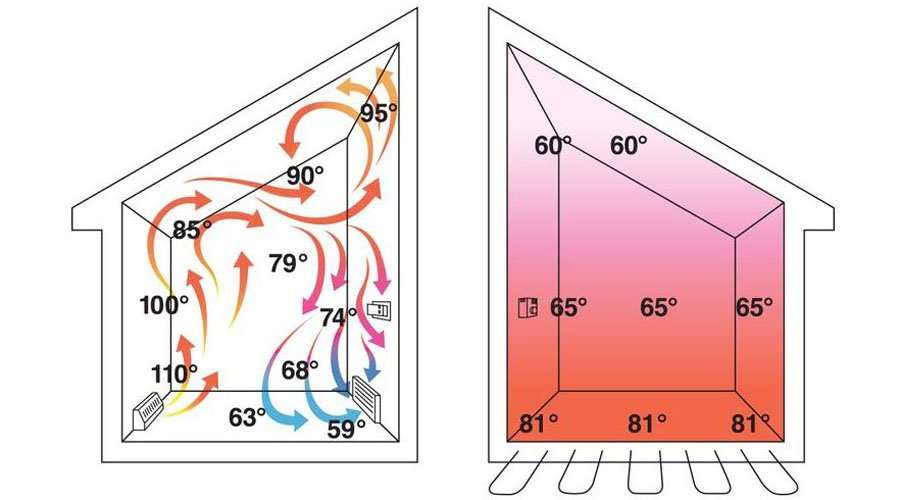













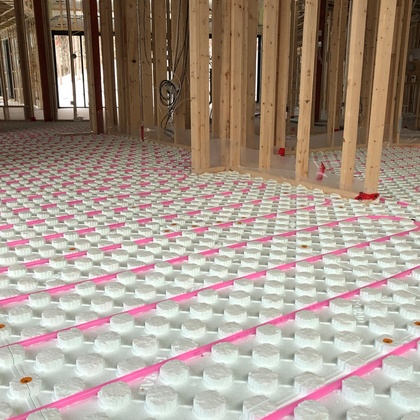
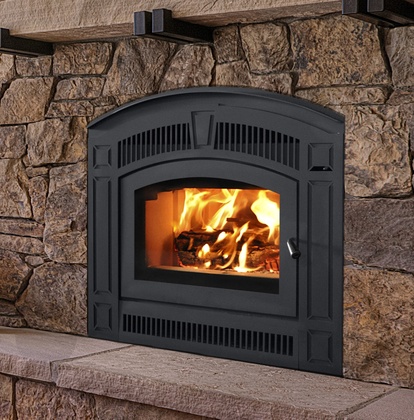

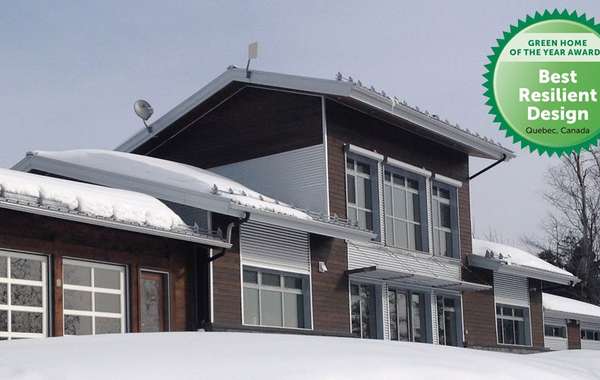
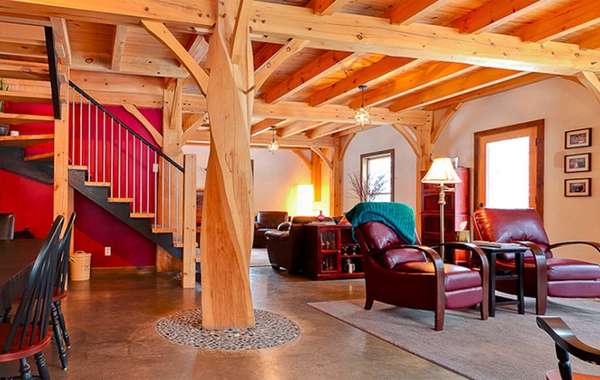
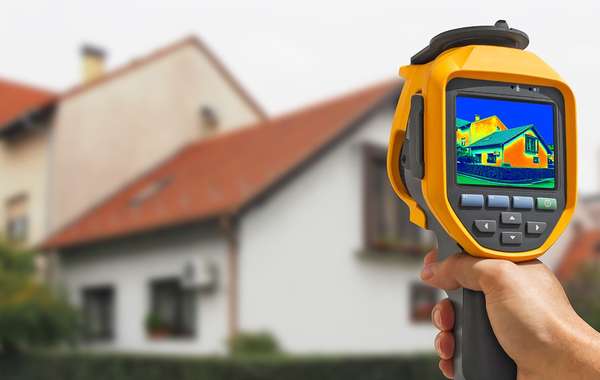
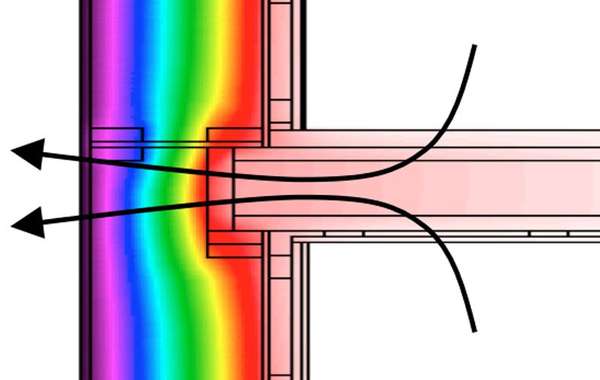
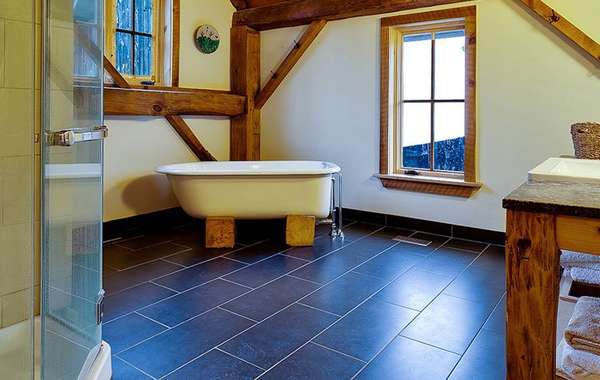
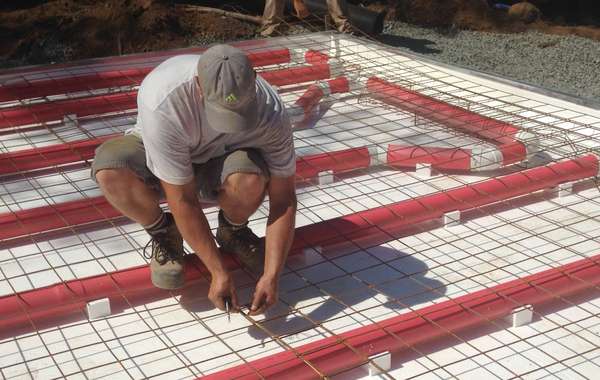

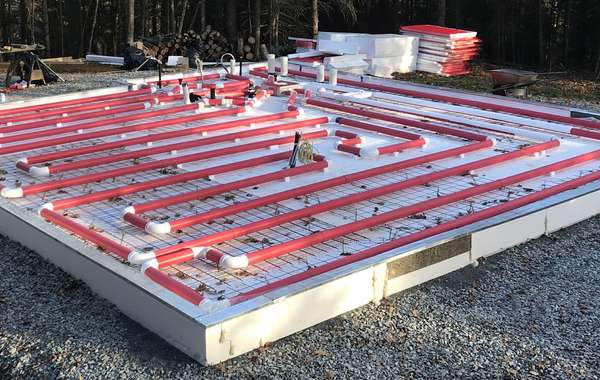
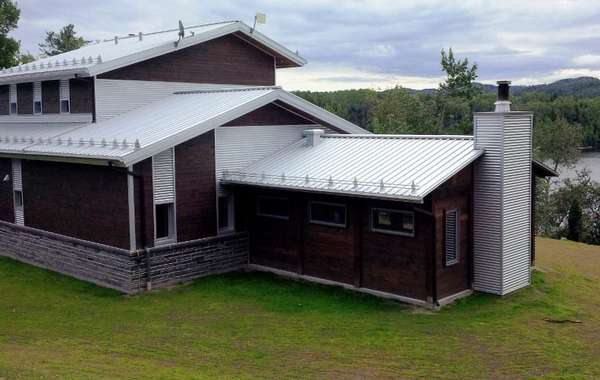
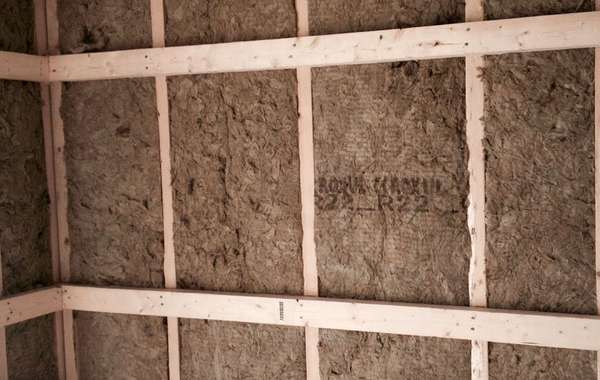

Fantastic article for a new build. Is there any solution to retrofitting a forced air system?
Thanks Martin,
Not sure I understand the question entirely - if you mean switch from forced air to some form of radiant heating, yes you can, how expensive and worthwhile it will be depends on quite a few things, mostly if you are already planning to do some renovations anyway. If you mean switch to a more appropriately sized system, that as well is possible, but really only makes sense if it is already nearing the age of replacement. Leave a few more details of what you're hoping to do. Regards, Mike
Hi Mike,
You are right. I am looking for alternatives to convert (or modify) forced air to radiant heat without breaking the bank (with flooring that is 3 years old). My investigations thus far have been unsuccessful. Is spending $30k my only option for being comfortable?
Martin
Sadly that figure may be about right when you add it all up, depending on the size. You could do an electric radiant floor and cover it with tiles, that wouldn't be a cheap install (removing existing floor, installing wires, laying tiles) but also worth considering would be the operational cost - if you are in Ontario or somewhere with high electricity rates you'll pay through the nose to run it, Quebec for example you'd pay less.
Installing a hydronic radiant floor heated with a gas boiler is also possible (more so on a slab floor), figure that at about $5 or $6 a square foot for the radiant, but you have the cost of pouring and finishing concrete afterwards. Also you will either lose several inches of head room or also incur the cost of removing the existing concrete. I wish I could help more, but so much depends on the size of your house, where you are located, how well insulated it is, window quality, how airtight it is etc. You sort of nailed it in your first comment, thermal comfort is great to consider when building new, but quite a bit tougher to go back an make changes. Sorry I don't have better options to offer, maybe there are other readers with more affordable suggestions. Mike